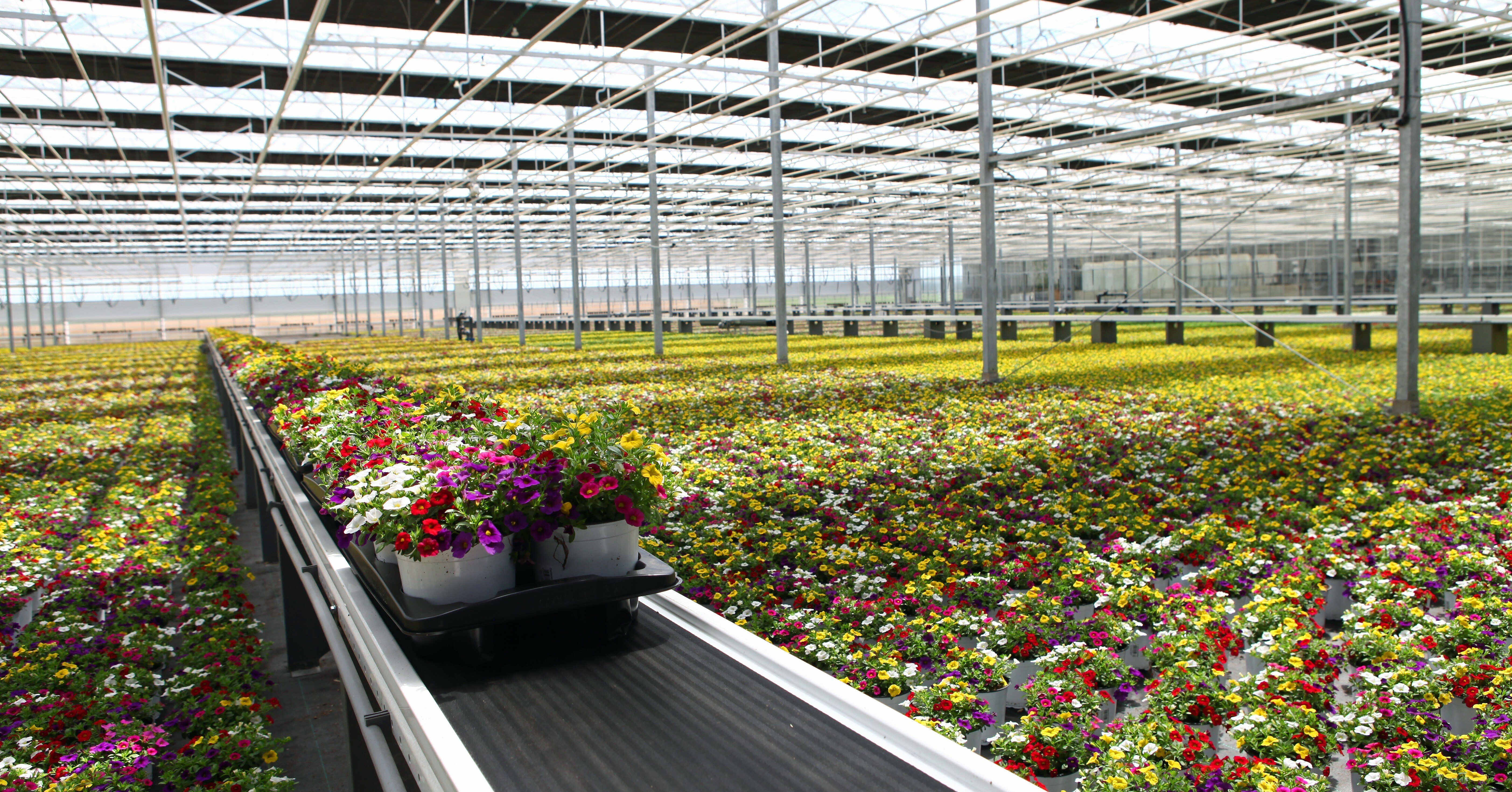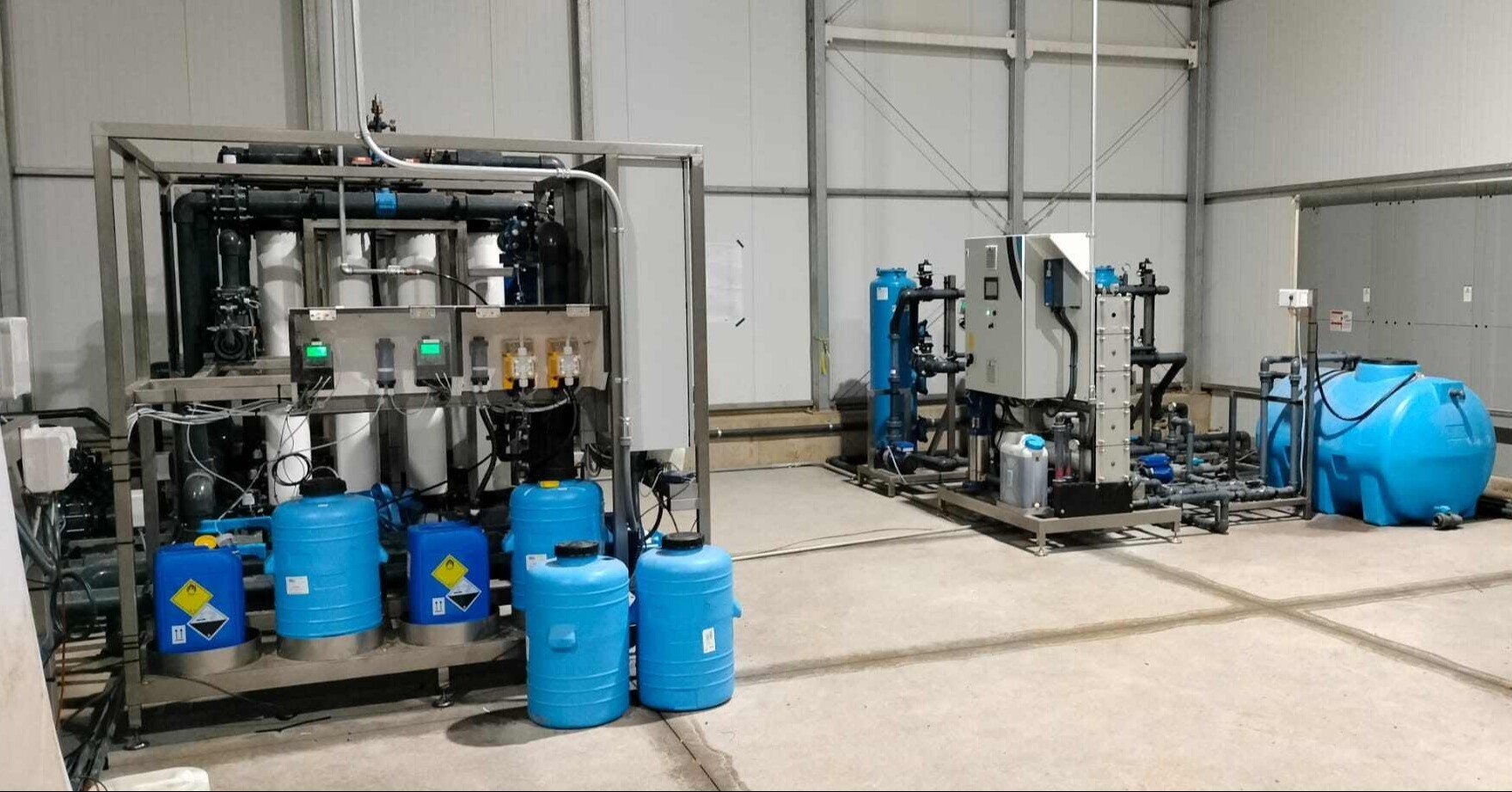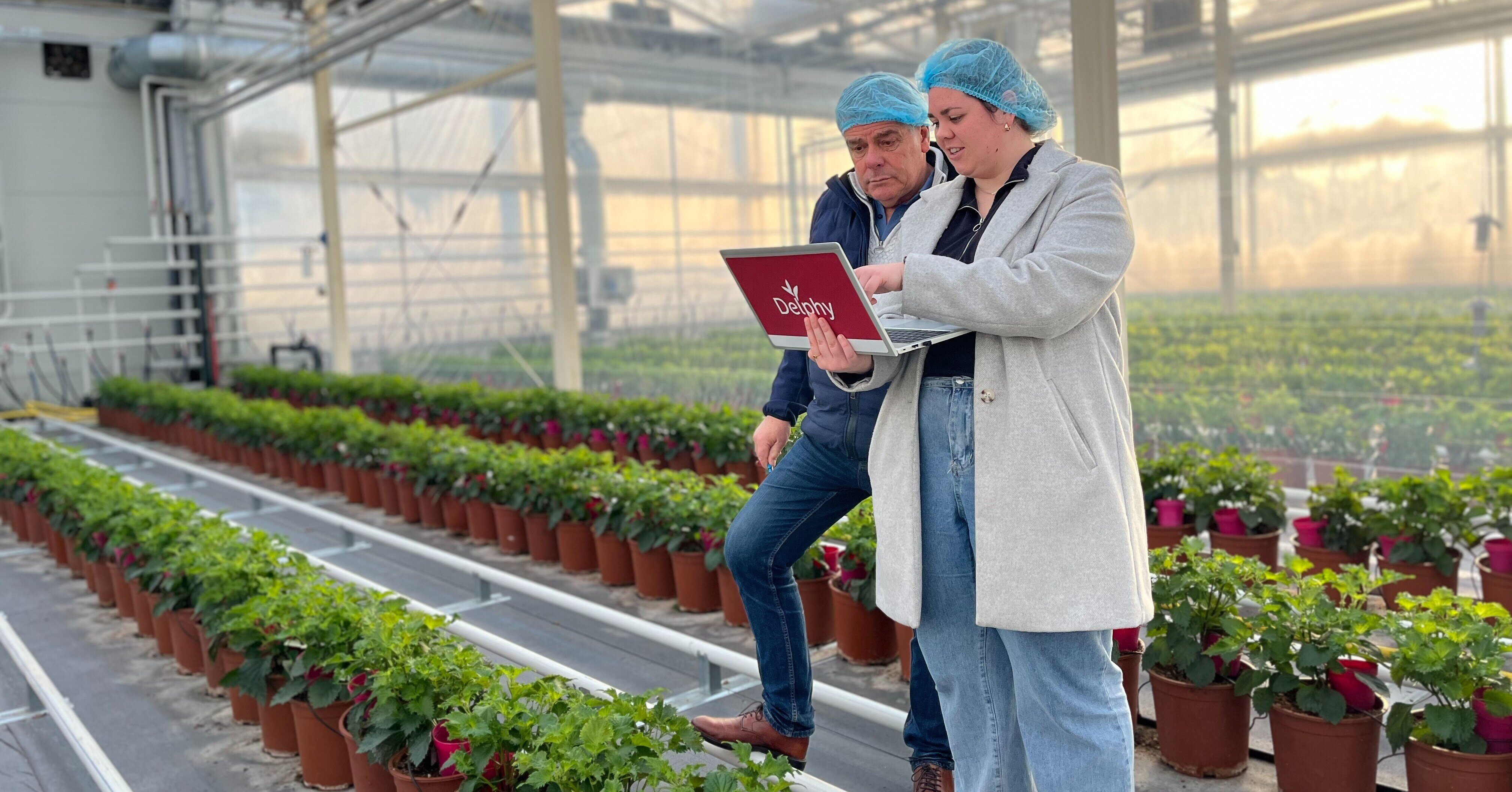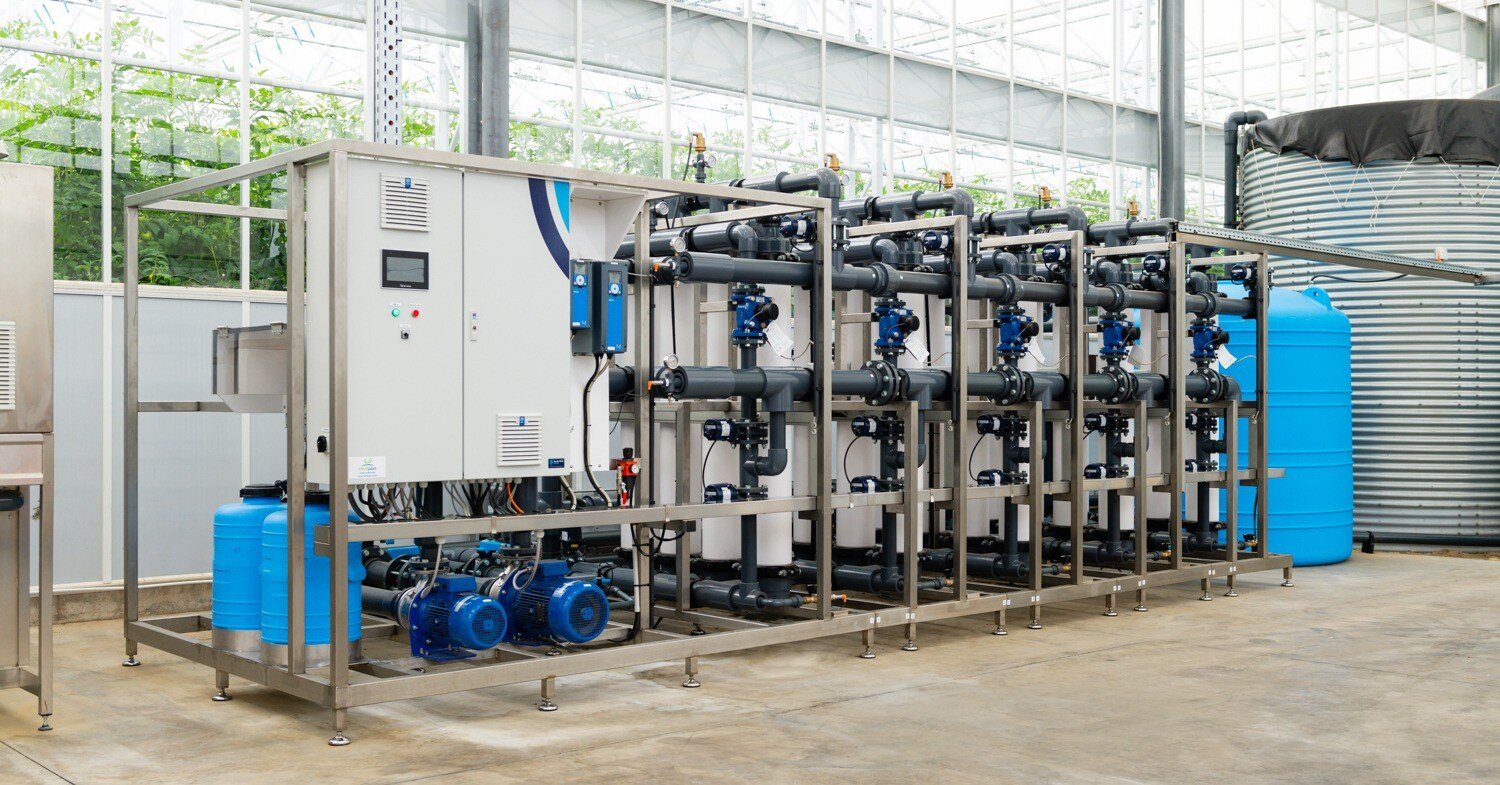- Prefer direct contact? +31 (0)79 593 38 00
- Language: English
Fixed conveyor belts bring labor savings, calm, and structure

Fixed conveyor belts bring labor savings, calm, and structure
Jul 2, 2024 9:32:01 AM
Due to rising labor costs, an increasing number of North American growers are exploring automation options. Consequently, WPS has identified this continent as a growth market. The company provides various fixed conveyor belt systems for use on the ErfGoedFloor, helping entrepreneurs save labor and work more efficiently. These systems also contribute to a calmer work environment.
Logistic automation solutions for greenhouse horticulture
Providing logistic automation solutions for greenhouse horticulture is WPS's core business, with "Handsfree Plant Production" as the ultimate goal. "We believe that in the long term, no human hands will be needed in nurseries. In conversations with customers, we explore how we can work towards this goal. To achieve this, we supply logistic and buffer systems, robotics, and camera assessment systems," says Willem Jan Hoogduin, Business Manager North America at WPS, based in De Lier (The Netherlands).
SmartFlo System for ErfGoedFloor
For use on the ErfGoedFloor, WPS primarily offers fixed conveyor belt systems. "We offer two 'flavors' that are mechanically similar but differ in control," says Hoogduin. "The first is the SmartFlo system, which uses special movable control boxes to operate the belts. These boxes can be linked via a wireless network, with adjustable rotation direction and speed. This allows multiple conveyor belt routes to run simultaneously and the system is easy to expand modularly."
Fixed belts with PLC Control for ErfGoedFloor
The other fixed conveyor belt system features PLC control technology. These belts are wired and require a specific control program. "The advantage of this system is that all belts can be activated simultaneously at any time. With the SmartFlo system, you need enough control boxes for this. However, scaling up a PLC-controlled system is more difficult as the control program also needs to be expanded, which requires specialized knowledge. Therefore, it’s more interesting to equip an entire nursery with this system at once."
Growing with SmartFlo
The choice between the two systems depends on the company, the crops grown, and the entrepreneur's preferences. North American growers often invest more in the SmartFlo system.
"In North America, entrepreneurs often finance investments themselves and are less dependent on banks. They prefer to start small with automation: many begin with one department and gradually expand the number of fixed belts. This is easier with a modular system like SmartFlo. Additionally, this system requires a lower investment than a PLC-controlled system, can often be installed by the growers themselves, and requires little maintenance. In short, SmartFlo is a good system to start with and gradually grow in automation."
The Plant Company, Stuarts Drafts (Virginia, VS):
“A WPS conveyor belt system is a home run; the best automation we could wish for.”
Automation on the rise
Automation of labor processes is not yet standard in North America, Hoogduin notes. This is because labor costs have only been rising significantly for about five or six years. "In Europe, this development has been happening for much longer, but in America, they are only now starting to feel the 'pain'. As a result, we see a clear increase in interest in investing in automation. Covid also accelerated this trend: when labor suddenly became scarce, entrepreneurs realized how vulnerable they were. Thus, fixed conveyor belts are gradually gaining ground in North America. No wonder WPS has identified this continent as a growth market."
The company also developed specific wider conveyor belts for the North American market. "Companies generally grow in larger pot sizes and trays. Therefore, we developed a belt with a width of 310 millimeters."
Labor savings, calm and structure for growers
According to Hoogduin, fixed belt systems can yield significant labor savings for entrepreneurs. "In a nursery without automation, people and products – often transported on adapted Danish trolleys – constantly move through the company. Investing in conveyor belts eliminates these movements, logically saving a lot of labor."
The greatest gains are made when the conveyor belts are linked to a production line. "Nurseries in North America work with many different production lines, such as potting machines and cutting robots. When you connect the belts to these, significant labor savings can be achieved. With the right automation plan, almost 30 percent less labor is needed in a nursery."
Jack Ford, North America Sales Manager at ErfGoed, adds that conveyor belt systems ensure a continuous work pace. "The speed of the belts determines the work speed, reducing the need for supervisory staff. This is an advantage since employees with management skills are becoming scarcer. Moreover, you can employ less qualified staff because working with fixed belts requires less training than driving a forklift. Another big plus is that there is more calm and structure within the company. There is a continuous work process and fewer transport movements in the nursery."
Hoogduin confirms this: he often hears from customers that the conveyor belt system brings a lot of calm. "And because employees can maintain the same work pace, they can sustain it all day, effectively getting more work done. As an entrepreneur, you also increase the manageability of your processes. Additionally, in North America, many different types of potted plants are often grown on the cultivation floor. With a forklift, it is difficult to reach the back rows, while this is very easy with a belt system."
Expanding the market
However, the transition to a fixed conveyor belt system also has some challenges. It requires a different working method that must be embraced by the organization. Hoogduin emphasizes the importance of involving employees in the transition to ensure they adopt the system. "In practice, automation usually does not mean that employees lose their jobs. Generally, companies produce more efficiently and expand their market."
In North America, it is crucial that conveyor belt systems can handle peak productions well. "The sales of potted plants here are much more concentrated than in Europe: the product is sold in a short period when it is visually most appealing. Automation must be able to handle this. WPS is very alert to this when we partner with a company."
Combination with ErfGoedFloor
North American entrepreneurs often combine a WPS system with fixed conveyor belts with an ErfGoedFloor. Not surprisingly, according to Jack Ford. "An ErfGoedFloor contributes to uniform growth, making automation – such as with fixed conveyor belts – possible. Additionally, American potted plant companies often grow a wide range of pot sizes, as each retail chain has its own preferences. Our floor is well suited for a large variety of pot sizes. In short, the systems of WPS and the ErfGoedFloor form a good combination."
Demand for automation will increase
Both experts expect that automation in North American potted plant nurseries will continue to grow in the coming years. "In recent years, there has been a mindset shift; automation is now truly 'on the radar' for growers," says Hoogduin. "It's no longer a question of whether they should automate, but when and how. This trend will continue, especially as labor costs in North America keep rising."




